|
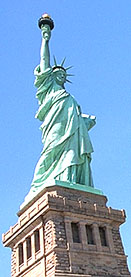 |

FORENSIC
SCIENCE, HISTORY AND METHODS OF IDENTIFICATION
Methods
of Criminal identification have progressed from the maiming and branding of early history,
through the "photo-graphic memory" of law enforcement officers, through the 1870
introduction of the Bertillon measurements, to the present infallible system of positive
identification through fingerprinting, dna mapping and retinal scanning. The Bertillon
system was utilized for over 30 years but lost its reputation for reliability due to the
West Brothers Identification
You will not only study the actual case, but
the actual photo scan (e.g. I added
the golden color as it is a black and white FBI Alert who's age was
appreciable.) I personally made of then FBI Director
J.Egar Hoovers 1st national alert bulliton donated to the Academy by
members of the Federal Bureau of Investigation.
Portrait Parle.
Portrait Parle
is a
holdover techniques from the Bertillon method of criminal identification
by measurements of the human body and is still used to great advantage.
These two French words mean, "speaking likeness." Law enforcement
officers are taught to be able to understand and appreciate the value of
the head and facial differences in human beings. Every investigative
file should contain a complete description of the suspect.
A distinctive
description of every feature of the face and head are especially
valuable investigative techniques, especially when a set of the
suspect's fingerprints is not available from his file.
The History of
Fingerprint Identification
Fingerprint
identification predates the Christian era. Ancient Babylonian
fingerprints were impressed in clay tablets to record business
transactions. The Chinese used fingerprints on legal documents in the
8th Century AD. Fingerprint reliability has been repeatedly
demonstrated through the ages.
Dr. Nehemian
Grew of the Royal College of Physicians astutely pointed out in 1684
that fingers possessed ridge patterns. Marcello Malpighi, Professor of
Anatomy at the University of Bologna, in 1686, using the newly invented
microscope, commented upon "diverse figures on palmar surfaces, and
loops and spirals." Then, in 1823, John Evangelist Purkinje, Professor
of Anatomy at the University of Breslau, wrote a thesis on the diversity
of ridge patterns and identified nine variations in such patterns.
It was not for
another 35 years after Purkinje's scholarly treatise, that official
utility of fingerprint documentation for identification was
implemented. Sir William James Herschel, British Chief Administrative
Officer for the Hooghly district, Bengal, India, brought fingerprint
technology into official police procedure. He required the citizenry
to affix their fingerprints, as well as their signatures, to legal
documents. From the outstanding success of the program in 1877,
Herschel requested official permission to extend the use of
fingerprinting as a means of identifying prisoners. Permission was
withheld, but Herschel extended his system within his own
province...although he did not produce a method of fingerprint
classification.
Concomitantly,
Dr. Henry Faulds, of Taukiji Hospital in Tokyo, began parallel
observations during the same time frame. In 1880, a scientific journal,
Nature, carried an article by Dr. Faulds in which he discussed criminal
identification by means of fingerprints left at crime scenes. Faulds
recommended the use of a thin film of printer's ink as a medium for
transfer and detailed future possibilities of the science of
fingerprinting. Faulds then performed a decisive demonstration of his
theories by identifying the person responsible for drinking "booze"
taken from the official supplies. This was one of the earliest latent
fingerprint identifications.
The first
authentic record of official fingerprint use in the United States was
1882. Gilbert Thompson of the United States Geological Survey placed
his own fingerprint on official orders as a means of preventing their
forgery. In 1883, Mark Twain published his book Life on the Mississippi,
in which he related the identification of a murderer by his thumbprint;
and in 1893, Twain's "Pudd'n-head Wilson" told the story of a court
trial in which fingerprint identification proved its infallibility.
In 1892, Sir
Francis Galton, a renowned British anthropologist and a cousin of
scientist Charles Darwin wrote Fingerprints the textbook. His text
illustrated a 12-year data pool of studies verifying fingerprint
reliability and utility. This was the first time anyone had established
both the individuality and the permanence of fingerprints. Galton also
devised the first scientific classification of fingerprint patterns.
Juan Vucetich, a
noted criminologist as well as an Argentinean police official, using the
patterns typed by Gaiton, first installed fingerprint files to provide
official criminal identification. Fingerprinting was first used in
conjunction with the Bertillon bodily-measurement system (pursuant to
the West Brothers Cases above: 1903), but gradually replaced it. Note
that the Vucetich system still forms the basis of the systems used in
many countries today. In solving the Rojas murder case in 1892 at La
Plata, Argentina, Vucetich holds the record for the first official
criminal identification by the fingerprint method at a crime scene.
In 1901, fingerprinting was introduced officially for purposes of
criminal identification in England and Wales. It was based upon Galton's
observations and devised by Mr. Edward Richard Henry, later to become
Sir Henry, Commissioner of the London Metropolitan Police. Henry
produced a simplified fingerprint classification system, which was
adapted to police needs. His system, and that of Vucetich, are the
foundations of all present-day, 10-finger systems of fingerprint
identification. Fingerprints were then classified according to a system
devised by Sir Edward R. Henry. Scotland Yard first used his system in
1901 as the official identification method.
In 1902, Dr.
Henry P. DeForest, the American pioneer in the science of
fingerprinting, introduced the practice of fingerprinting to the New
York Civil Service Commission as a means of ensuring applicants for
civil service testing. This was the first systematic use of
fingerprinting in the United States and was followed, in 1903, by the
first systematic use of fingerprints in criminal identification. In
March 1903, the New York state prison took fingerprints for
classification, and on June 5, 1903, it officially
(Click on the link below to begin your study of
Part II : The History of West Brothers Print Methodology Within the
United States.) adopted the
fingerprint system.
by Dr. Scott
David Neff MPS MSOM DC DABCO CFE DACFE FACFE FFABS FFAAJTS
“The great aim of education is not
knowledge but action”. Herbert Spencer
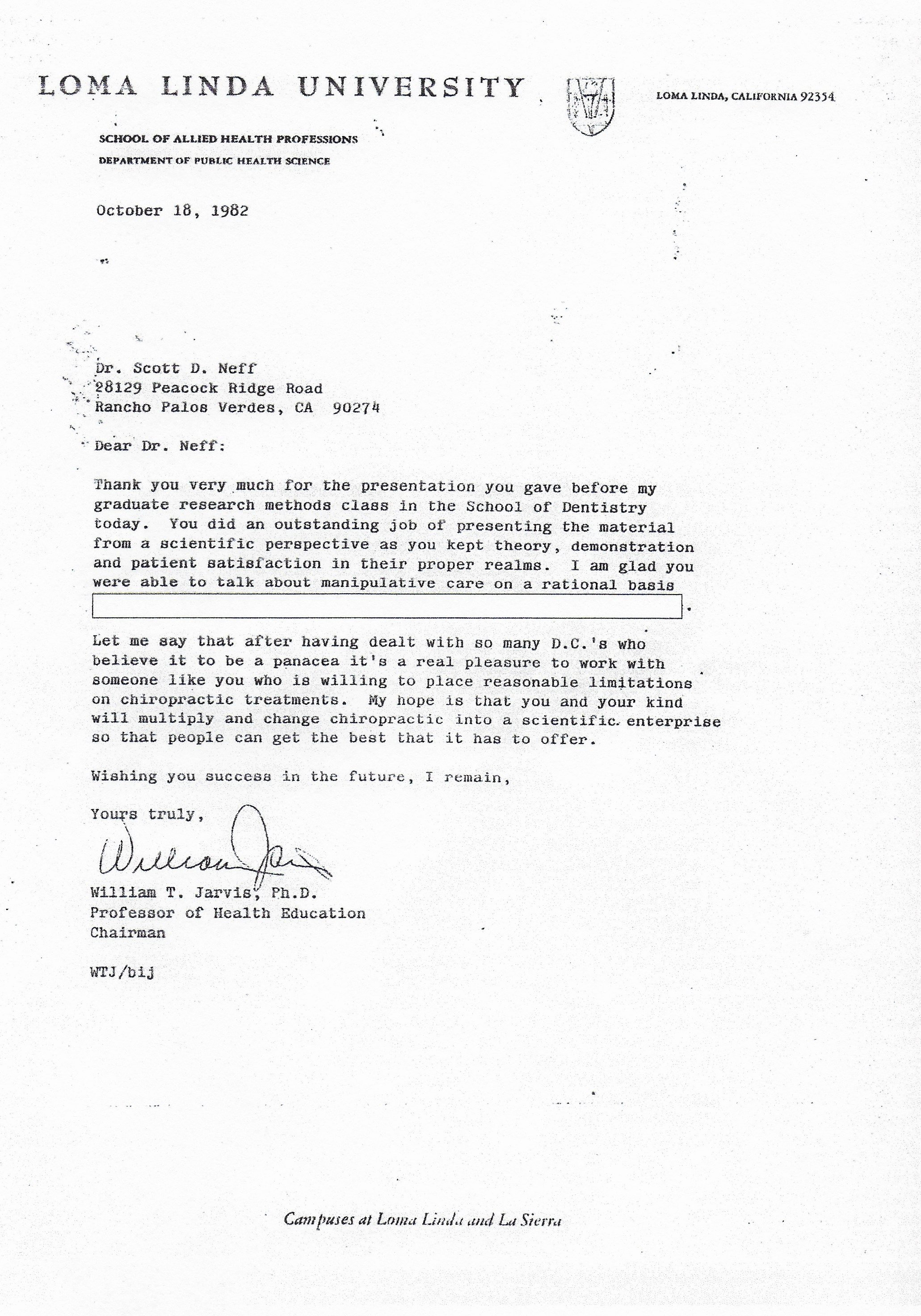
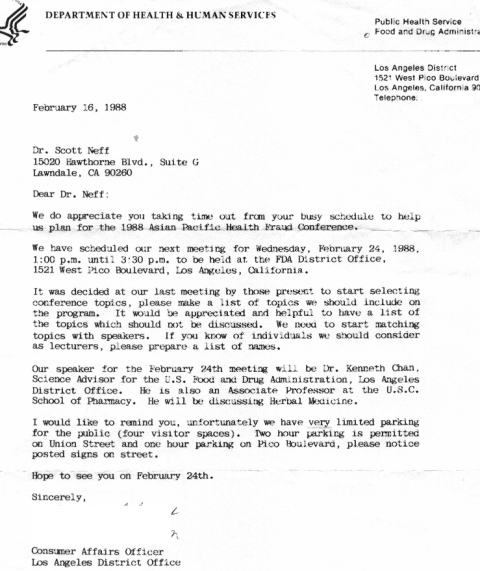
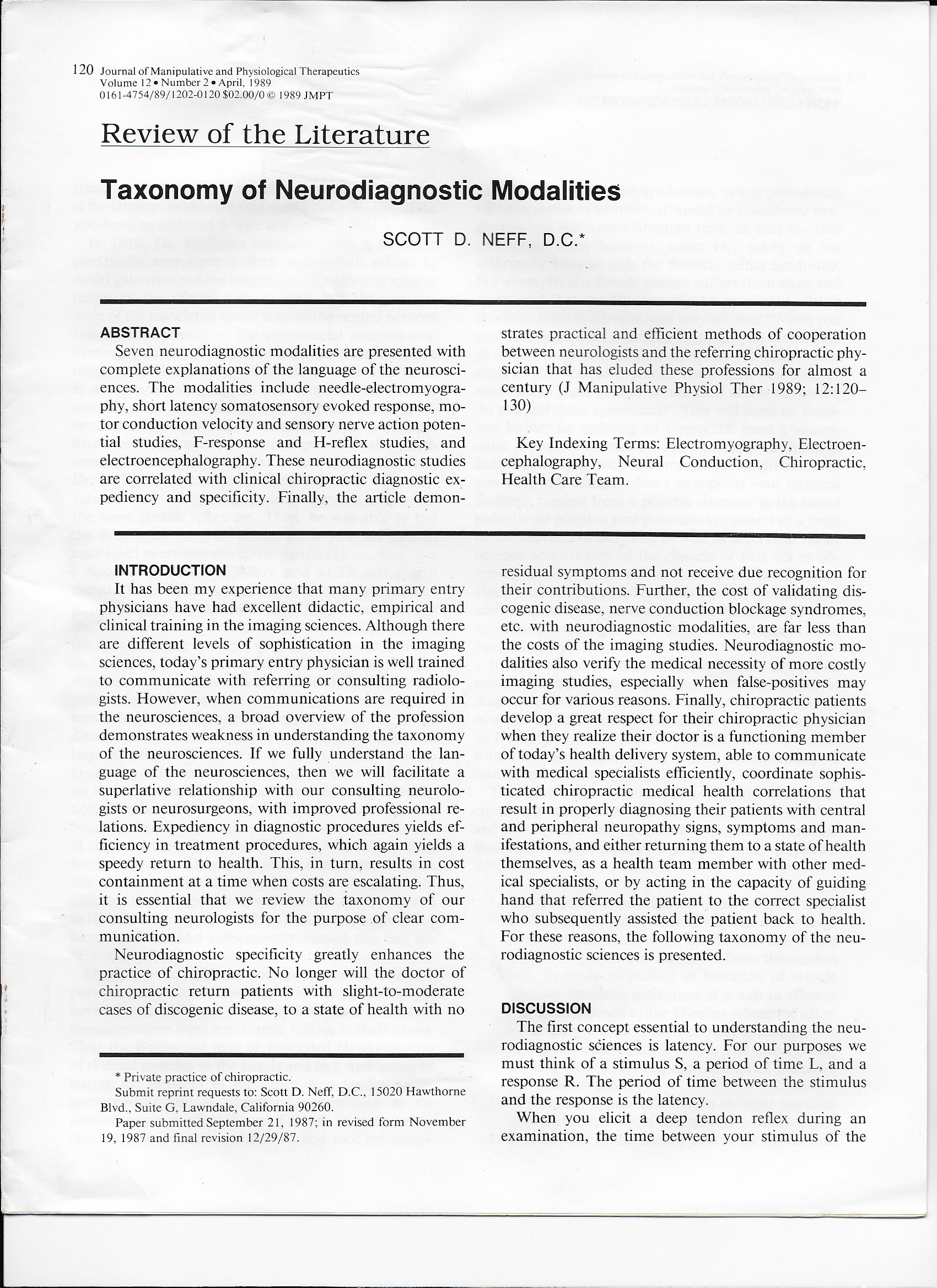
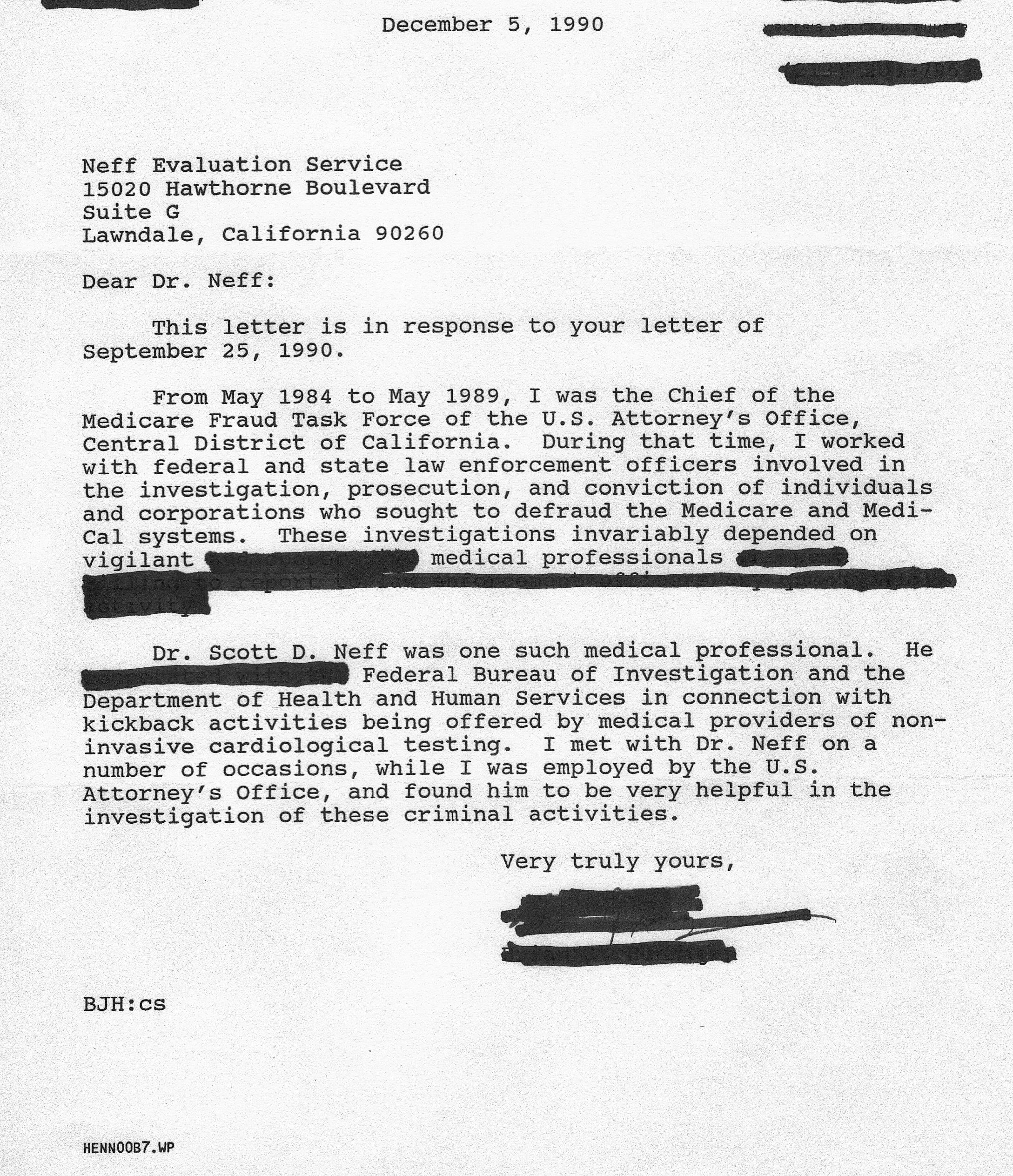
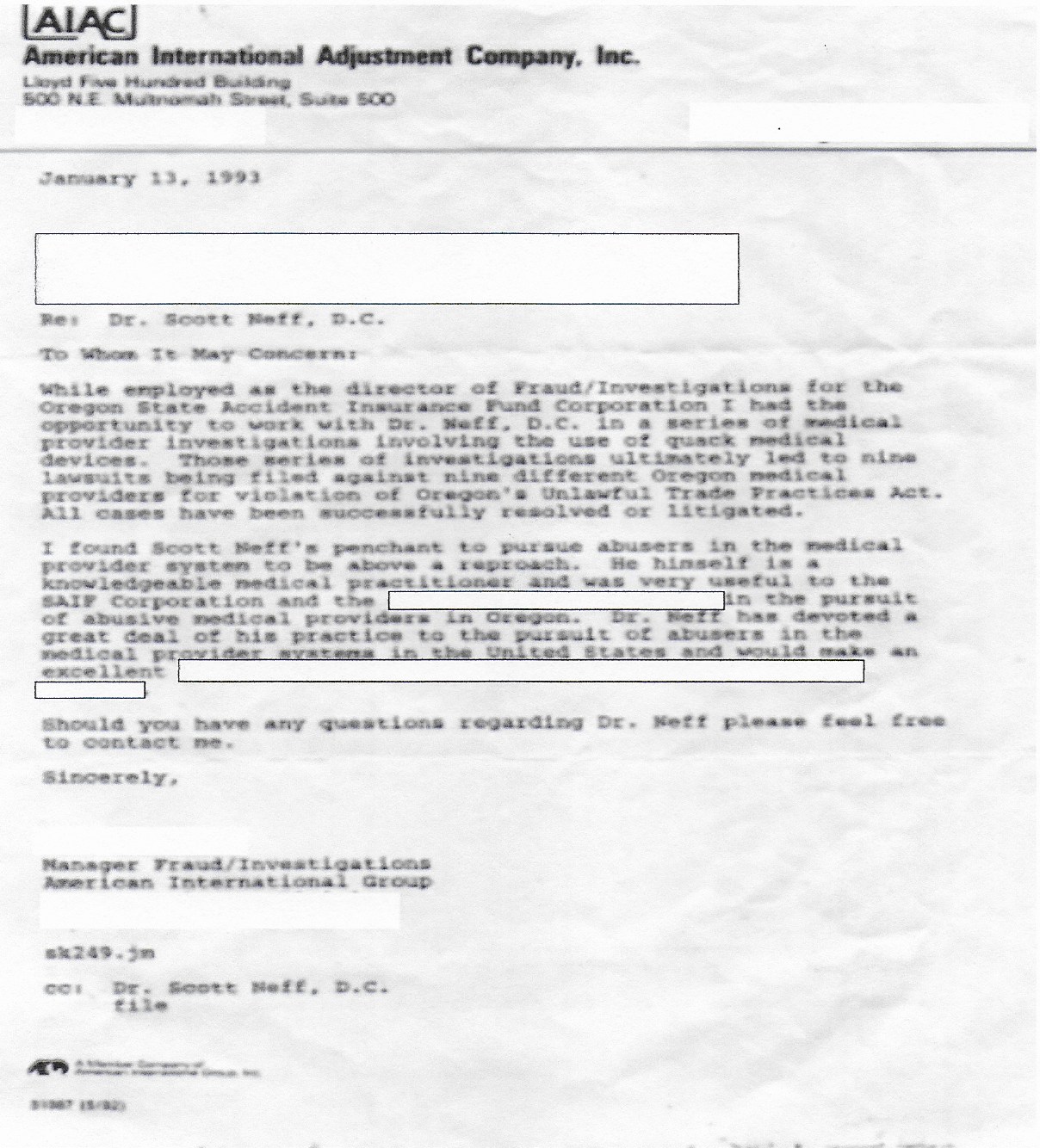
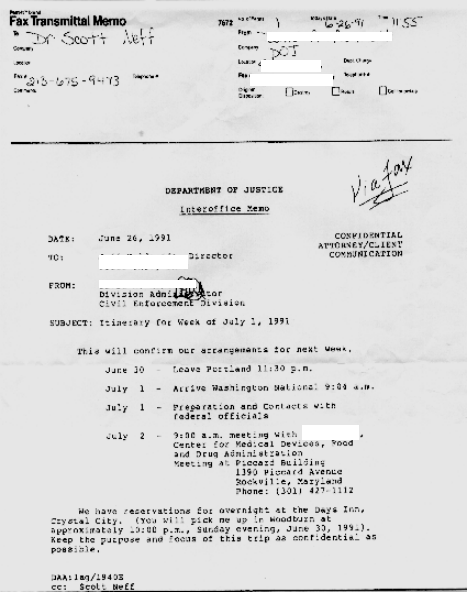
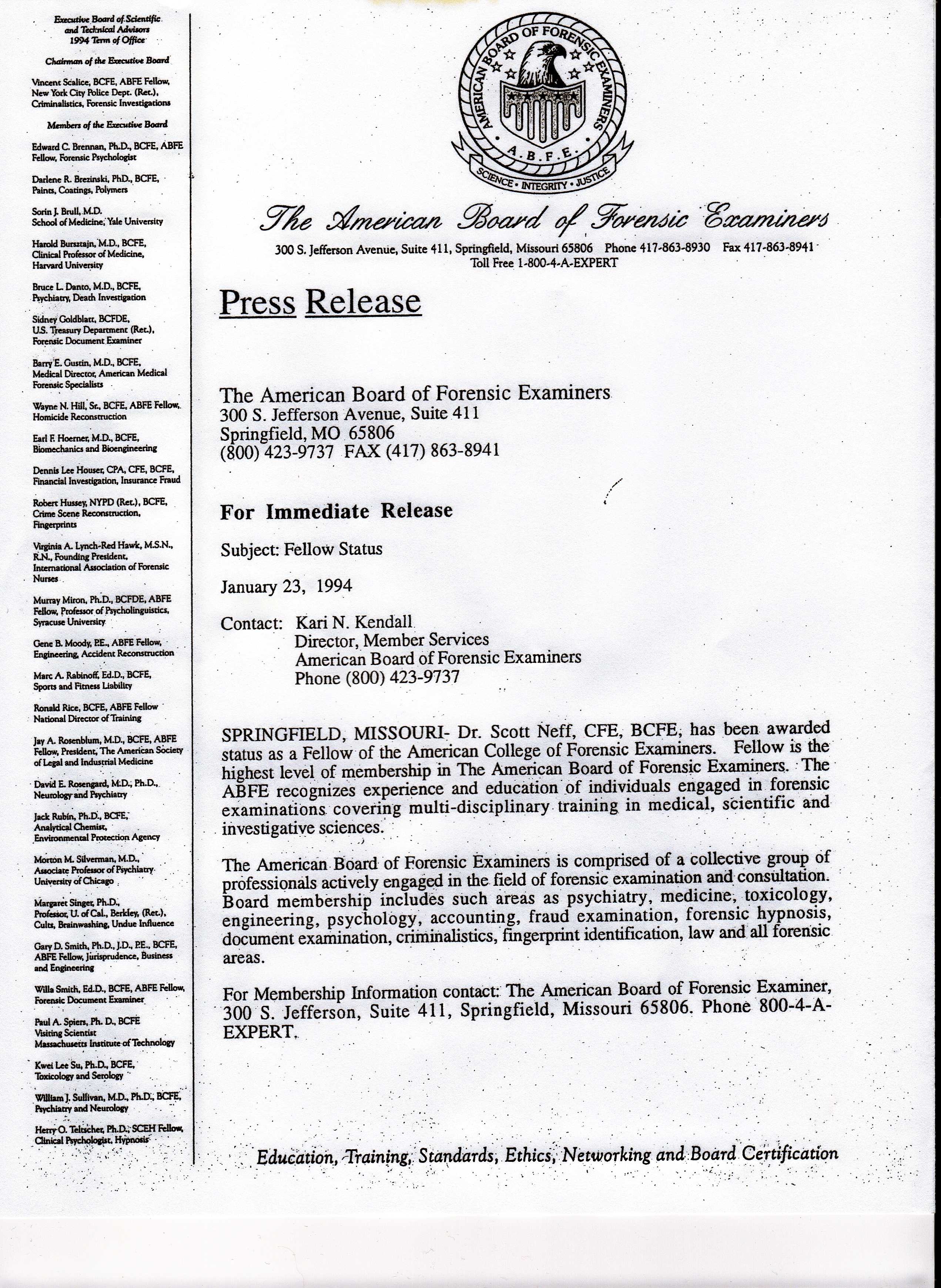

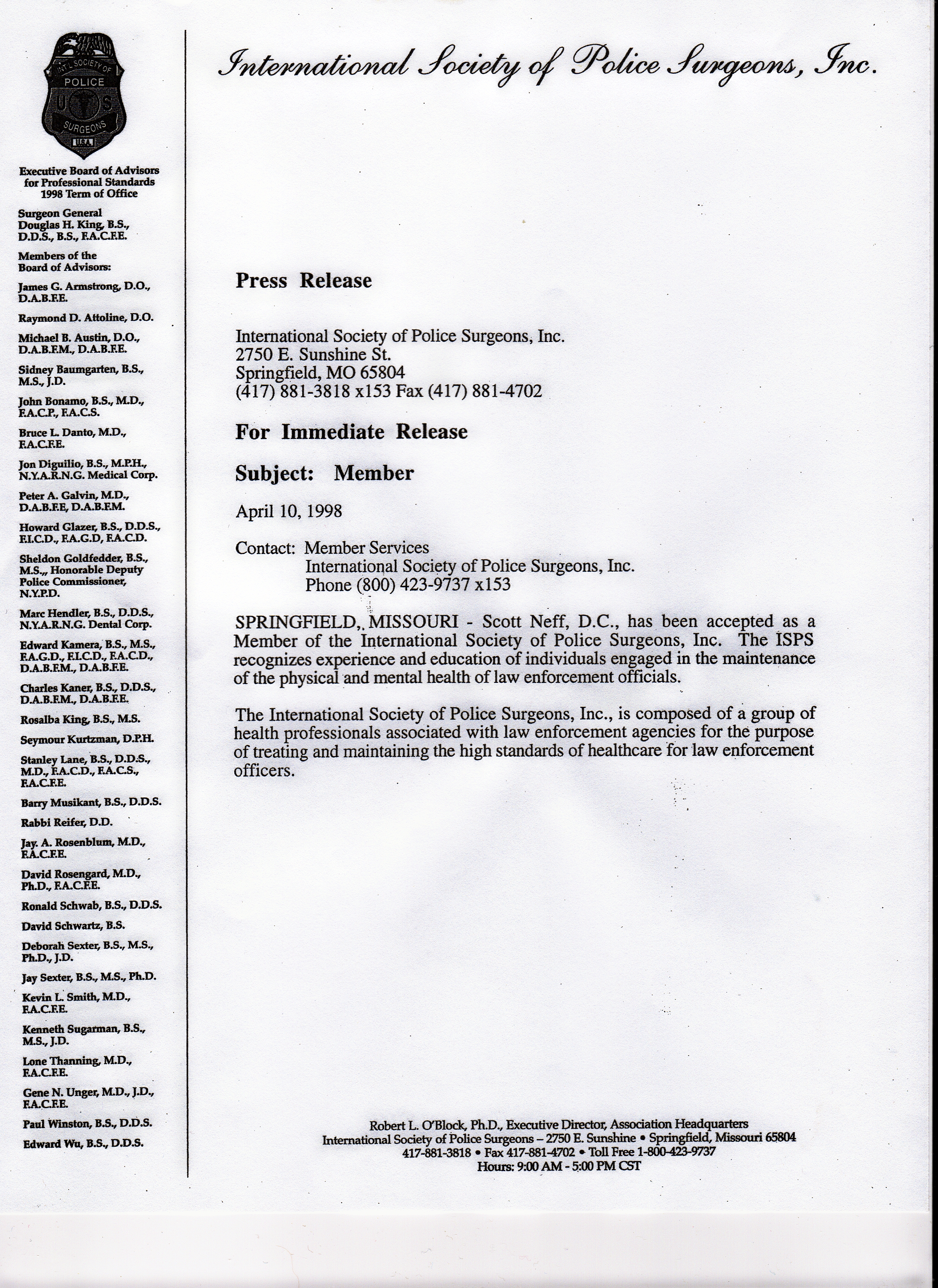
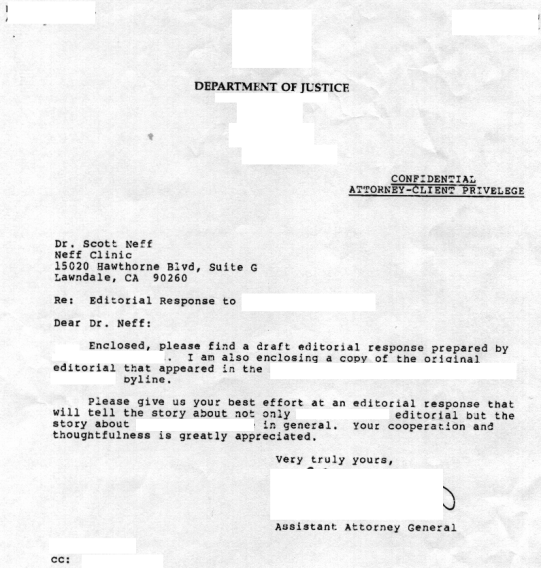
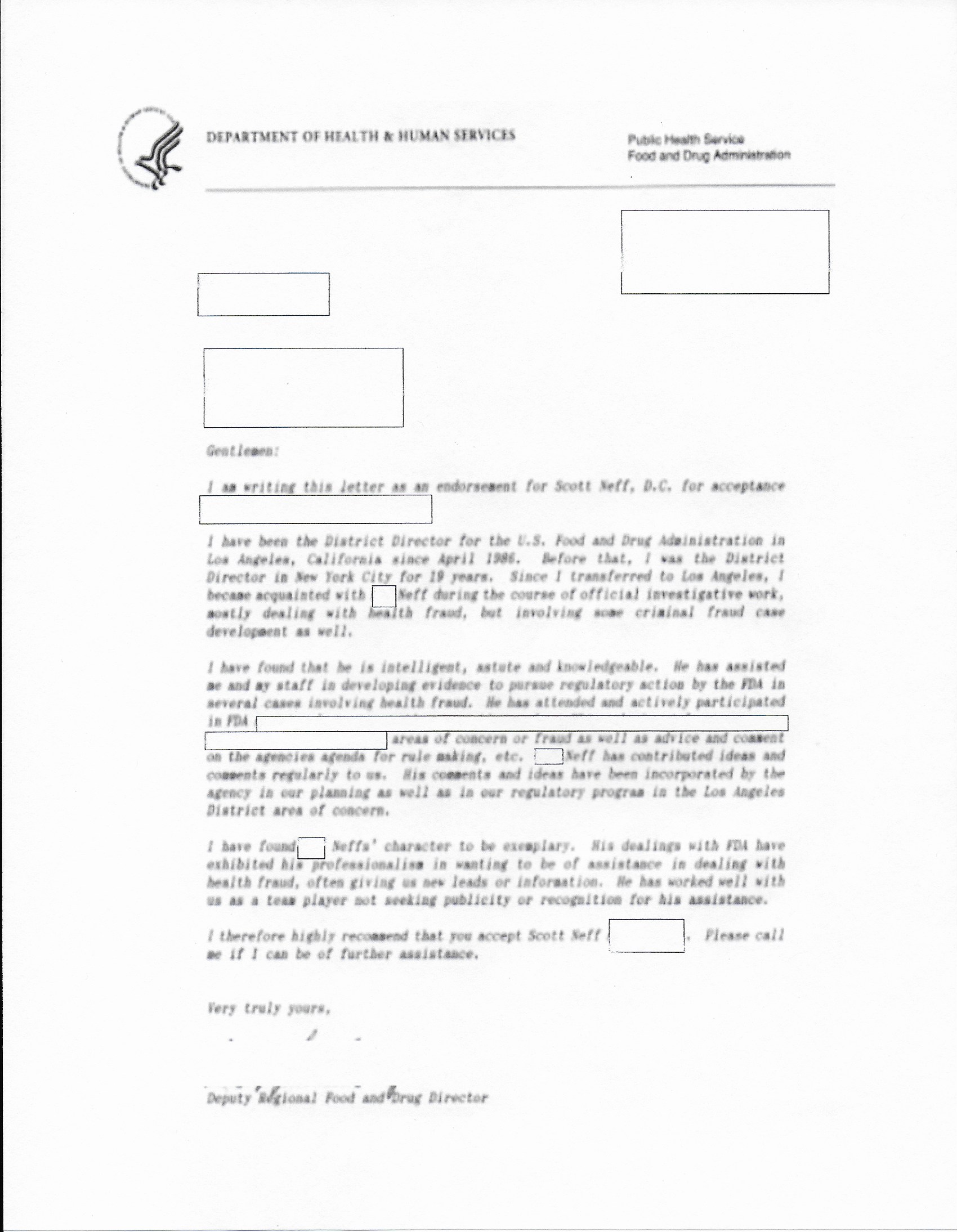
|